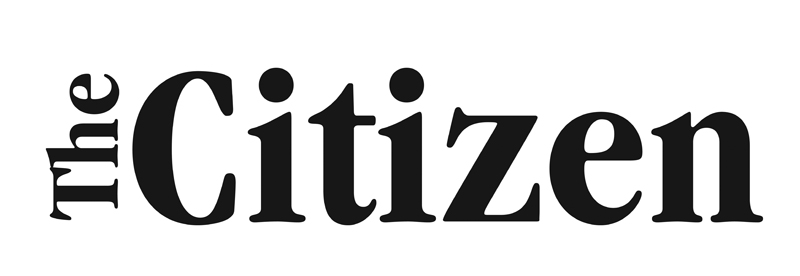Getting it wrong - Shawn's Sense with Shawn Loughlin
Something that’s universal within the human race is the fear of getting it wrong. Not only do we not want to get things wrong, but, when we have gotten it wrong, we often talk ourselves out of it, contorting things to make it seem as though we got it right, blaming someone else for getting it wrong or contextualizing the whole scenario and crafting a reason why, sure, we got it wrong, but it’s because this and that happened.
Not wanting to accept that you got it wrong is a tough racket when you’re in the journalism business. Turning once again to the wise words of Keith Roulston, he told me once that a good journalist approaches a challenge of the facts in a story with not just humility, but with a base-level assumption that you have, indeed, gotten it wrong. The good ones assume that they’ve gotten it wrong and hear out the person who thinks they have it right, only to figure out where the truth lies once all facts are in.
The opposite of this, of course, is assuming that you’re right all of the time, even growing defensive and aggressive in the face of a critic and eventually dismissing anything that is counter to the information you’ve presented. And while that approach may get you elected as President of the United States, it doesn’t make for a good journalist. A good journalist has confidence in his reporting, but accepts that even the best get it wrong sometimes.
Long before I ever knew Keith Roulston’s name, however, I was getting such urges cast out of my body in journalism school. A core tenet of this business is criticism, most of it coming before a story is ever printed. In the golden days of big-city journalism, a humble reporter’s story would be read by a managing editor, an editor in chief, a copy editor, a fact-checker and maybe even a publisher before it went out. And along that way, there was a fair deal of scrutiny dealt out and questions asked. (Heck, the inverted pyramid writing form for a newspaper story was created not only to get the facts across quickly, but so that editors could blindly cut paragraphs off the bottom.)
In the journalism school of my youth, our instructors subjected us to criticism, though muted when compared to what we could (and would) face in the real world. Two very formative experiences have stuck with me and, behind every seemingly-harsh criticism, was the reminder that every edit, every question and every suggestion was in service of the story; an effort to improve the end product.
First was an experience I’ve written about before. We all had an entire semester to write a short story. Then, after pouring our blood, sweat and tears into it for months, we printed up 30 copies of it, distributed it to our class and, in addition to their written edits (which were not always constructive or even kind - think of a room of writers who all think they’re the best one), we had a discussion about it. It was a brutal exercise in accepting criticism.
However, before that, a teacher (a published author several times over) showed us an overhead projection (yes, I’m that old) of the first few pages of one of his books, returned to him by his editor. It was a sea of red. He said it was a lesson in humility, but also to teach us that everyone could use criticism and there’s no shame in taking it, all in aid of creating a better end product for all involved.
That training taught me to take criticism for the practical elements of this work, but, as I see the world of today, I can’t help but wonder if such training would be useful for others. There’s no shame in being wrong but clinging to a disproven narrative or discredited “facts” only makes one look pathetic and weak.

